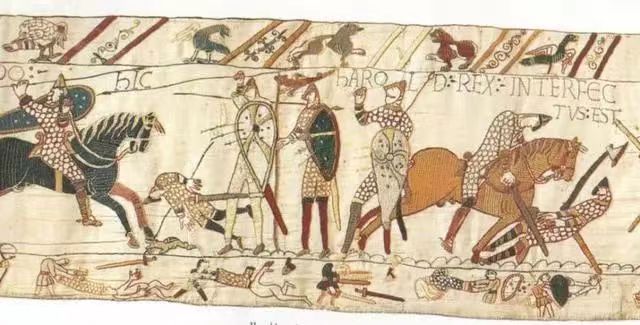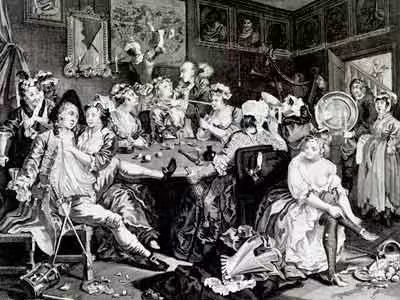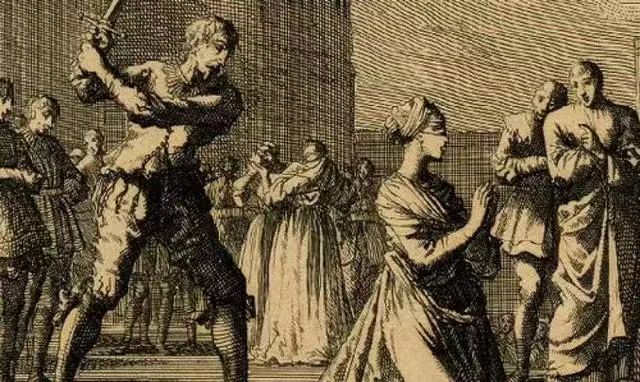The Minimal Cultural History of Pants
Reading times:507 Update time:2023-01-19
1、 Pants and men
In ancient Rome, only uncivilized barbarians wore pants, such as Gauls and Celts. The Romans in drag and gown, while enjoying the coolness of the wind blowing their farts, laughed at the Gauls' trousers as "flower pockets". Roman citizens who pride themselves on their status will never wear pants to make a fool of themselves in public. Even prostitutes at the bottom of Roman society will only wear dark toga.
Pants divide class and civilization.
However, the Romans, who were high above all others, finally fell into the hands of "barbarians" and accepted their rule. Of course, they also had to accept their pants. But soon, the men who put on their pants discovered the effect of crotch on their health. The knights no longer have to endure the terrible torture of the horse's mane on the inner thigh or other important parts. As a matter of course, pants are integrated into the man's world.
Unfortunately, the world of men is not monolithic. The pants have not recovered from the trend of gentleman's legs in the Renaissance, and they have been labeled as class and civilization again. In the 16th century, England's extravagance prohibition law gave breeches an important position as a national cultural symbol, but at the same time, it strongly rejected trousers. Pants are barbaric and vulgar depraved clothes, while breeches are the token of civilization and nobility. Tweed trousers are not allowed in Ireland and Scotland under the rule of England. They should all wear breeches to accept the baptism of English civilization.
2、 Pants and women
Of course, it has nothing to do with women. The Bible says that "men can't wear women's clothes, and women can't wear men's clothes." Obviously, pants are men's clothes, not women's clothes. Women are born to wear skirts. Whether luxurious or simple, they must be skirts. The woman in pants, sorry, is that a woman?
For a long time, in the eyes of European people, Joan of Arc was executed mainly because she stole men's clothes. Gender is natural, but some women want to blur gender by wearing pants. This behavior is considered as a provocation to male authority: "Look, men can do it, women can do it".
In order to make women dispel this terrible idea, Vikings choose to use superstitious means to intimidate women: "Women who wear pants will be cursed and cannot escape the fate of divorce". But this obviously can't fool all women.
Will those who wear skirts not be divorced? Anne Bolin was beheaded.
Therefore, scholars decided to bypass the logical dead point and distort a new theory to explain the necessity of women wearing pants - if women wearing skirts are not suitable for certain jobs, then this job itself is not suitable for women, and wearing pants is the same. For example, the army, the wild or the coal mine are not places where women should stay.
Lucy Adlington mentioned such a thing in "The Stitches of History: Our Clothes Story": In 1788, a researcher was observing Mount Vesuvius in the Gulf of Naples, Italy, when he encountered a volcanic eruption. He criticized the women who came with him and thought that it was too dangerous for them, because the lava from the volcano would probably ignite their broad skirts, or they could not run away quickly in case of an accident, but he never mentioned letting the women change their pants.
Thick skirts and tight corsets can keep women submissive. Their role for men is to decorate their own beauty and decorate the room again. In the Victorian era, women also had whale bone skirt braces in their skirts. In the double extrusion of skirt hoop and corset, they even "sit down" and "bend down" have become luxury. Their clothing compresses their breathing range and deprives them of freedom of movement. They even rely on others' help to get on and off the car and up and down the stairs. It is extremely difficult to do housework, let alone work like a man.





